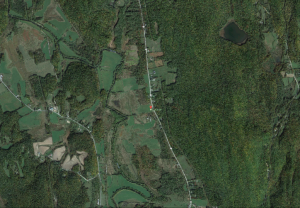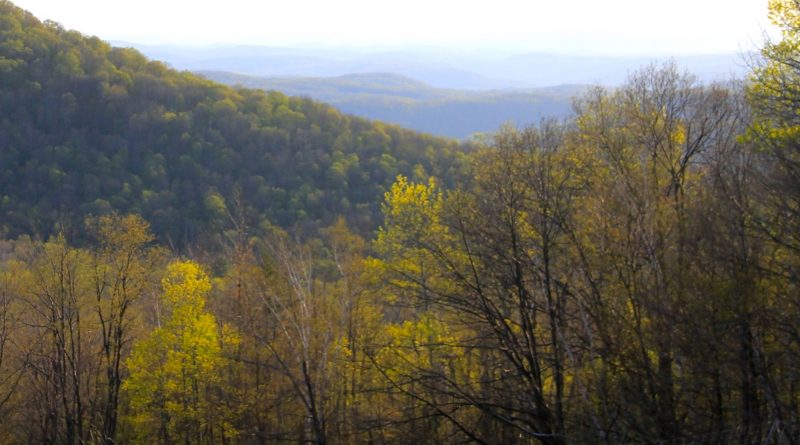400 More Acres of Forest Protected
273 acres in Pittsford and 100.8 acres in Westmore are being protected for habitat, climate resiliency and working lands
June 19, 2017, Montpelier: The Nature Conservancy announced today that two parcels of forested landscape have been protected in Pittsford and Westmore, Vermont.
For the first time in nearly a century, Vermont forests are declining and The Nature Conservancy is working with partners to maintain connected forest blocks for wildlife movement, water quality and working forest land.
Modern development, in the form of new roads and scattered construction, is fragmenting our forests and preventing our wildlife from moving freely among habitat blocks for food, mates, and to adjust to climatic changes. These two parcels in Pittsford and Westmore are identified as key “stepping stones” for terrestrial movement to maintain healthy wildlife populations.

The 273-acre Pittsford parcel is strategically located between Vermont’s Green Mountains and New York’s Adirondacks—an identified wildlife linkage area for bear, moose, and bobcat. The land is adjacent to Pomainville Wildlife Management Area, which conserves land on both sides of Route 7 as an important wildlife crossing. The Nature Conservancy purchased this land outright and will now protect it with conservation easements, allowing the land to be worked for sustainable forestry activities while preventing development.
“Forested landscapes are critical to Vermont’s wildlife populations, our water and air quality, economy, and our ability to adapt to climate change. These recent projects embody these goals and help protect all the things that we love about Vermont while keeping the land open for sustainable forestry and/or public access,” said Jon Binhammer, The Nature Conservancy’s director of land protection.
The 100.8-acre Westmore parcel is located in the Worcester Range to Northeast Kingdom wildlife linkage area. The Nature Conservancy will turn over this land donation to the Vermont Department of Fish & Wildlife as an expansion of their Bald Hill Wildlife Management Area, keeping it open for recreational purposes such as hiking, hunting, and fishing.
“Conserving large areas of forested habitat offers Vermont multiple benefits, from maintaining our rural working landscape, to supporting healthy habitat and wildlife, to providing opportunities for the public to access and enjoy the outdoors,” stated Louis Porter, commissioner for the Vermont Department of Fish & Wildlife.

